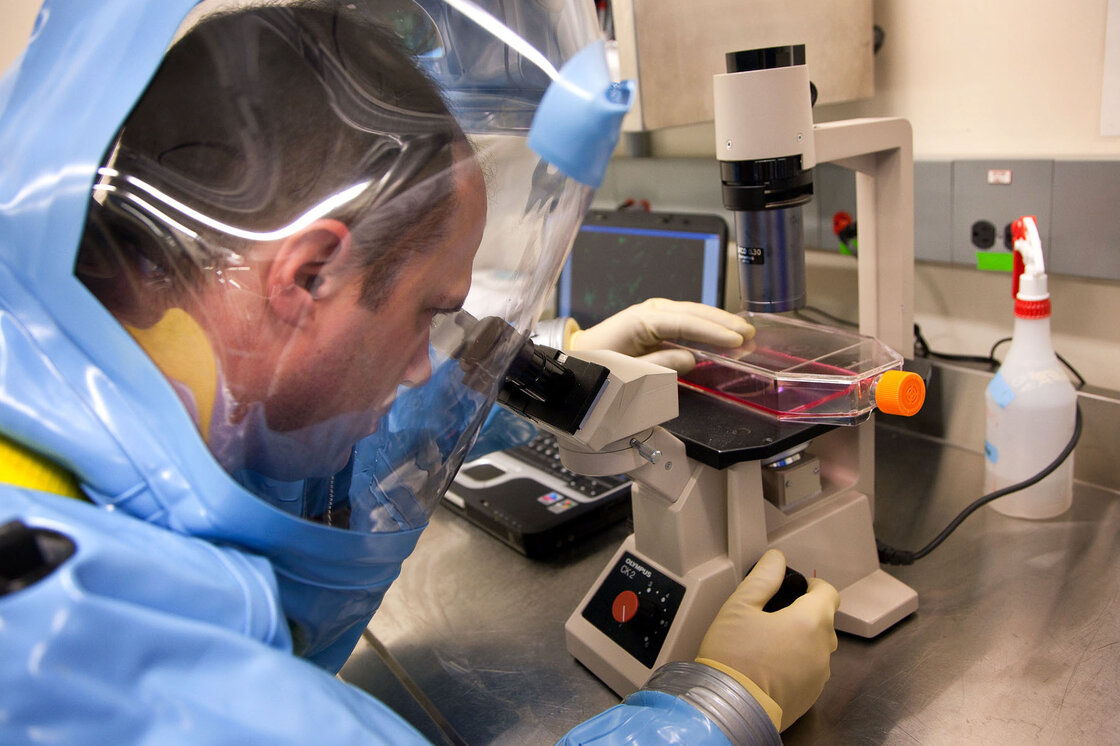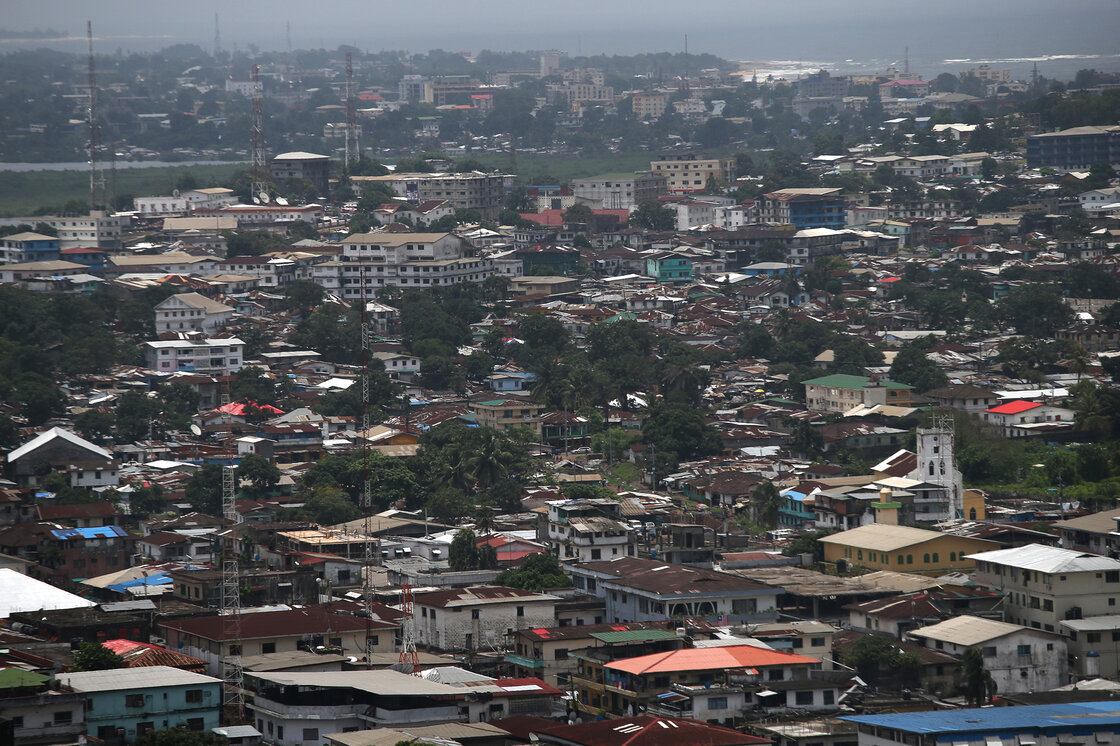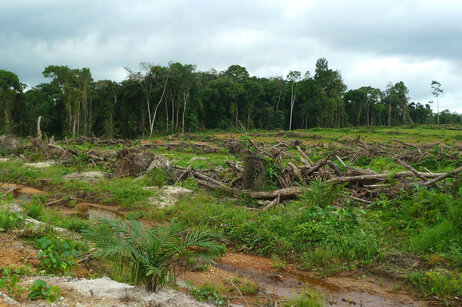Nigeria Successfully Contains Ebola, Two More Patients Discharged, One Left
Aug 26, 2014

Nigeria has successfully reduced the number of Ebola cases in the country to one, the Minister of Health, Onyebuchi Chukwu, has said.
The minister in a press conference on Tuesday said since the confirmation of the outbreak of the deadly disease in July, the country has been able to manage the disease to only one, down from the 13 cases the country confirmed few days ago.
The statement by the minister reads:
Press Briefing By The Minister Of Health, Prof. Onyebuchi Chukwu; Update On The Ebola Virus Disease (EVD) In Nigeria As Of Tuesday August, 26th, 2014
Today is the 38th day since the Ebola Virus Disease was imported into Nigeria by a Liberian-American.
As of today, 26th August, 2014, Nigeria has had thirteen (13) cases of EVD including the index case.
Of these thirteen (13), five (5), including the index case unfortunately did not survive the disease and are now late.
However, seven (7) of the infected persons were successfully managed at the Isolation ward in Lagos and have been discharged home.
Two (2) of treated patients, a male doctor and a female nurse were discharged yesterday evening, 25th August, 2014, having satisfied the criteria for discharge.
As I speak to you, Nigeria has only one confirmed case of EVD, a secondary contact of Mr. Patrick Sawyer’s and spouse of one of the physicians who participated in the management of the index case. She is stable but still on treatment at the Isolation ward in Lagos.
So far, all the reported cases of the EVD in Nigeria have their root in the index case, the late Mr. Patrick Sawyer. This is an indication that, thus far, Nigeria has contained the disease outbreak.
I wish to reassure Nigerians and indeed the global community that the Government shall remain vigilant and will not relent as Government continues to work with her partners to ensure that the disease is kept out of the country.
Thank you.
Dan Nwomeh
Special Assistant on Media and Communication to the Minister
Federal Ministry of Health
1st Floor, Federal Secretariat Complex, Phase III
Ahmadu Bello Way, Abuja
08033236501, 07054658028
Stay updated with Abusidiqu.com, in partnership with NIGERIANEWSBEAT. Follow us on TWITTER or be our fan on FACEBOOK
Do not hesitate to leave your opinion in the comment section below.
To contact Abusidiqu.com for Article Submission and Advertisement or General inquiry, send a mail toinfo@abusidiqu.com
http://abusidiqu.com/nigeria-succes...ntains-ebola-two-patients-discharged-one-left
Aug 26, 2014

Nigeria has successfully reduced the number of Ebola cases in the country to one, the Minister of Health, Onyebuchi Chukwu, has said.
The minister in a press conference on Tuesday said since the confirmation of the outbreak of the deadly disease in July, the country has been able to manage the disease to only one, down from the 13 cases the country confirmed few days ago.
The statement by the minister reads:
Press Briefing By The Minister Of Health, Prof. Onyebuchi Chukwu; Update On The Ebola Virus Disease (EVD) In Nigeria As Of Tuesday August, 26th, 2014
Today is the 38th day since the Ebola Virus Disease was imported into Nigeria by a Liberian-American.
As of today, 26th August, 2014, Nigeria has had thirteen (13) cases of EVD including the index case.
Of these thirteen (13), five (5), including the index case unfortunately did not survive the disease and are now late.
However, seven (7) of the infected persons were successfully managed at the Isolation ward in Lagos and have been discharged home.
Two (2) of treated patients, a male doctor and a female nurse were discharged yesterday evening, 25th August, 2014, having satisfied the criteria for discharge.
As I speak to you, Nigeria has only one confirmed case of EVD, a secondary contact of Mr. Patrick Sawyer’s and spouse of one of the physicians who participated in the management of the index case. She is stable but still on treatment at the Isolation ward in Lagos.
So far, all the reported cases of the EVD in Nigeria have their root in the index case, the late Mr. Patrick Sawyer. This is an indication that, thus far, Nigeria has contained the disease outbreak.
I wish to reassure Nigerians and indeed the global community that the Government shall remain vigilant and will not relent as Government continues to work with her partners to ensure that the disease is kept out of the country.
Thank you.
Dan Nwomeh
Special Assistant on Media and Communication to the Minister
Federal Ministry of Health
1st Floor, Federal Secretariat Complex, Phase III
Ahmadu Bello Way, Abuja
08033236501, 07054658028
Stay updated with Abusidiqu.com, in partnership with NIGERIANEWSBEAT. Follow us on TWITTER or be our fan on FACEBOOK
Do not hesitate to leave your opinion in the comment section below.
To contact Abusidiqu.com for Article Submission and Advertisement or General inquiry, send a mail toinfo@abusidiqu.com
http://abusidiqu.com/nigeria-succes...ntains-ebola-two-patients-discharged-one-left
 ...... Does this mean they found the cure???
...... Does this mean they found the cure??? 














